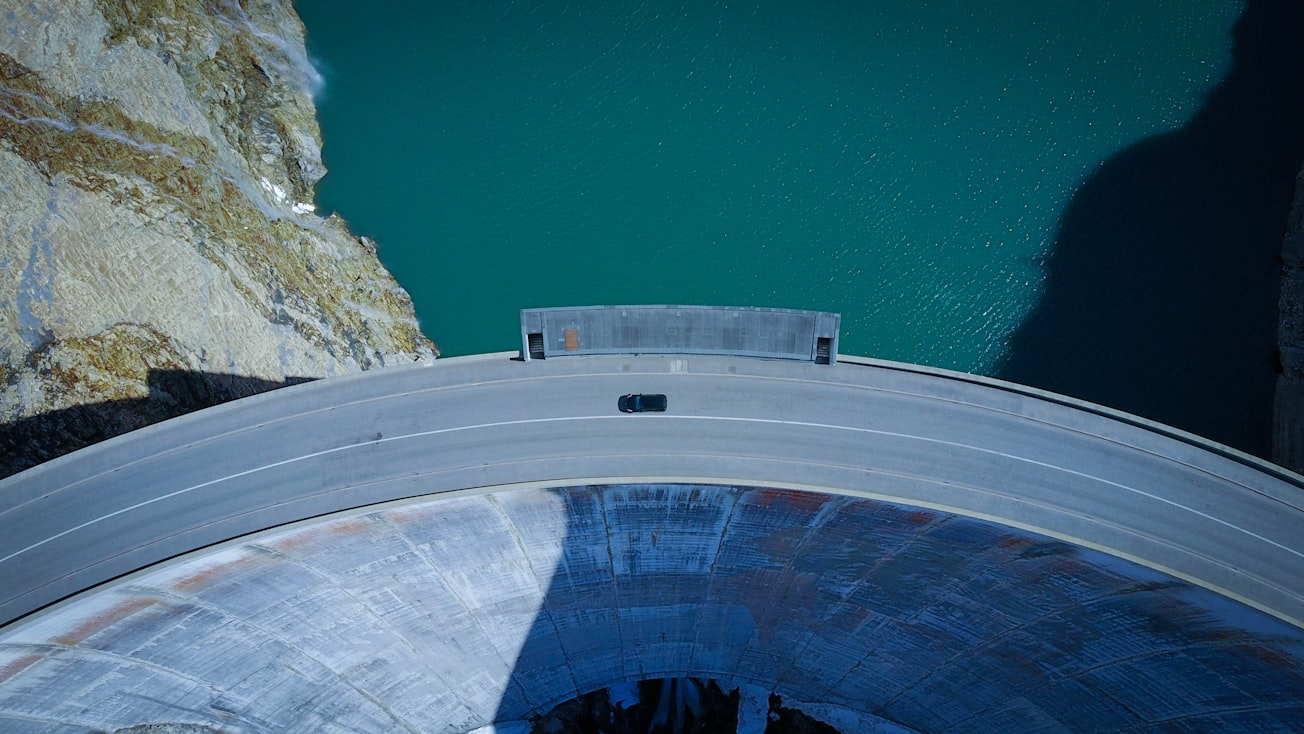What is it about?
With global warming and rapid climate change, extreme weather events are on the rise. Forecasting these events can better prepare countries to deal with their consequences. This article describes the advances in weather forecasting and reservoir operation in the Upper São Francisco River, Brazil. The Upper São Francisco River provides water to seasonally arid North-East Brazil and generates hydroelectricity from the Três Marias reservoir. However, this river is prone to floods and droughts. The paper suggests structural changes as well as development of better forecasting systems to battle the disruption caused by these discrepancies. Artificial reservoirs can preserve water runoff for use during droughts, while also controlling downstream flooding during extreme rainfall events. Rain-fall and water flow monitoring, hydrological forecasting, and establishment of early warning systems should augment these structural changes, in addition to the development of regional climate change projections that can predict long-term risks and climatic disasters.
Featured Image

Photo by Raphaël Biscaldi on Unsplash
Why is it important?
Extreme weather events greatly impact developing countries. The 2009 Amazon River floods that resulted in damages of USD 165 million, or the drought of 2001 in Brazil that affected hydroelectricity generation ̶ leading to blackouts and energy shortages ̶ are only two examples. Additionally, a lack of availability of hydroelectricity increases the use of fossil fuels for energy, further harming the environment. Hence, developing resilient water disaster management policies ̶ and integrating these with long-term weather forecasting and comprehensive disaster risk assessment ̶ can safeguard humans, economies, and the environment, especially in developing countries. KEY TAKEAWAY: Current policies focus more on dealing with the aftermath of natural disasters, rather than reducing our vulnerability to them. Establishing a synergy between weather forecasting techniques and disaster reduction policies is critical to mitigate the consequences of natural disasters and safeguard us from them.
Read the Original
This page is a summary of: Climate change, water-related disasters, flood control and rainfall forecasting: a case study of the São Francisco River, Brazil, Geological Society London Special Publications, January 2019, Geological Society,
DOI: 10.1144/sp488-2018-128.
You can read the full text:
Resources
Climate Change Knowledge Cooperative
Explore the wider collection of climate change research summaries.
How heat waves are destroying grapes
Climate changes causes extreme weather events such as heat waves that affects the yield of vineyards. Adequate measures are necessary to protect the grapes from heat exposure and damage.
Better warning systems for people and places at risk of extreme rainfall
Scientists have a new way of predicting where extreme rainfall is going to happen in the future. This means they can provide early warning to people living in areas at risk.
Built for Change: Combating climate change with smart sustainable homes
The housing sector is threatened by climate change, as modern buildings are having to face climatic conditions they weren’t designed for.
Effects of climate change on flexible pavements in Canada
Road and pavement design should take into consideration local climate and the impact of these conditions on structural materials and construction quality.
Considering climate for future urban rainfall projection and flood management
Managing storm risk depends on accurate modelling and predictions. It is vital that data models take the effects of climate change on extreme rainfall.
Article Collection: Climate Change and Extreme Events
A new review article collection to explore the causes, impacts, and prediction of climate change and related weather events.
Contributors
Be the first to contribute to this page







